A universal remote control is a versatile device designed to simplify managing multiple electronic devices. It consolidates functionality, offering a user-friendly solution for seamless control of various appliances, enhancing convenience and efficiency in home entertainment systems.
What is a Universal Remote Control?
A universal remote control is a device designed to operate multiple electronic devices from different brands. It simplifies control by consolidating functions into one unit, eliminating the need for multiple remotes. Compatible with TVs, DVD players, soundbars, and more, it uses infrared (IR) or other technologies to communicate. Programming is required, often via direct code entry, auto-search, or learning mode, ensuring compatibility with various devices. This versatile tool enhances convenience, reducing clutter and streamlining home entertainment management.
Benefits of Using a Universal Remote Control
A universal remote control offers unmatched convenience by consolidating commands for multiple devices into one unit. It reduces clutter, simplifies operation, and saves time. With compatibility across brands and models, it ensures seamless control of TVs, soundbars, and more. Advanced features like macro commands and customization further enhance functionality. This tool streamlines home entertainment, making it easier to manage devices efficiently while providing a unified user experience.

Evolution of Universal Remote Controls
Universal remotes have evolved from basic infrared models to advanced Wi-Fi and RF-enabled devices, offering enhanced functionality and compatibility with modern smart home systems and technologies.
History and Development
The concept of universal remote controls emerged in the 1980s, with early models using infrared (IR) technology to operate multiple devices. Over time, advancements in technology led to the development of more sophisticated systems, including radio frequency (RF) and Wi-Fi-enabled remotes. These innovations expanded compatibility and functionality, allowing users to control a wide range of electronic devices seamlessly; The evolution of universal remotes has been driven by the growing need for simplicity and convenience in managing modern home entertainment systems.
Advancements in Technology
Recent advancements in universal remote controls include voice control, AI integration, and app-based systems. These technologies enable seamless interaction with smart home devices, allowing users to issue voice commands or control devices via smartphone apps. Additionally, learning modes and macro commands enhance customization, while improved infrared and Wi-Fi capabilities ensure reliable connectivity. These innovations have transformed universal remotes into central hubs for modern home entertainment and automation systems, offering unparalleled convenience and efficiency.
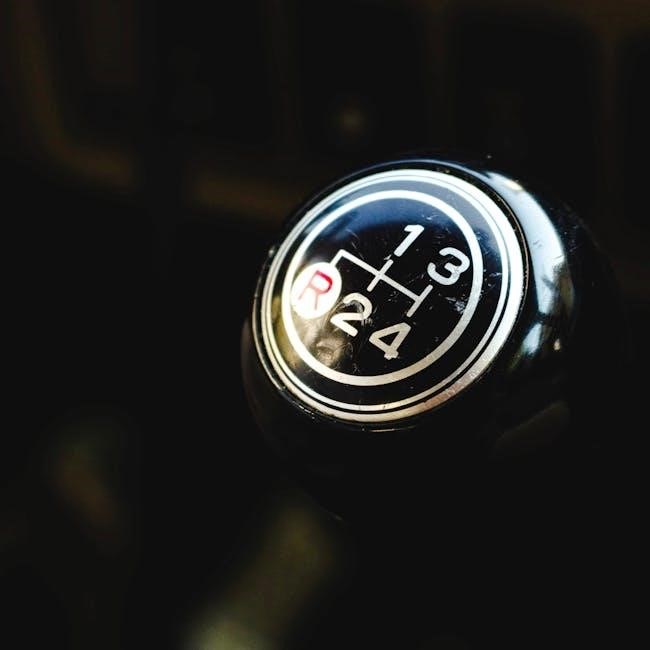
Popular Brands and Their Universal Remotes
Leading brands like GE, RCA, and One For All offer high-quality universal remotes. Samsung, LG, and Sony also provide advanced models, ensuring compatibility with their devices.
GE Universal Remotes
GE universal remotes are renowned for their compatibility with thousands of audio/video devices, including TVs, Blu-ray players, and soundbars. They support multiple device types, ensuring seamless control. Programming is straightforward, with options like direct code entry or learning mode. GE remotes are user-friendly, offering intuitive designs and reliable performance. They are a popular choice for consolidating control of home entertainment systems, providing convenience and efficiency for users seeking to simplify their setup.
RCA Universal Remotes
RCA universal remotes are highly regarded for their broad compatibility with various electronic devices, including TVs, DVD players, and streaming devices. They offer a user-friendly design, making it easy to consolidate control of multiple devices. Programming options include direct code entry or auto-search methods, ensuring a seamless setup experience. RCA remotes are known for their reliability and versatility, supporting a wide range of brands and models. They provide an efficient solution for streamlining home entertainment systems, catering to both simplicity and functionality.
One For All Universal Remotes
One For All universal remotes are renowned for their compatibility with a wide range of electronic devices, offering a seamless control experience. They support various programming methods, including direct code entry and auto-search, ensuring easy setup. Designed with user-friendly interfaces, these remotes are ideal for consolidating control of multiple devices. One For All remotes are known for their reliability and extensive brand support, making them a popular choice for simplifying home entertainment systems. Their versatility and ease of use enhance overall user satisfaction.
Samsung, LG, and Sony Universal Remotes
Samsung, LG, and Sony offer universal remotes designed to integrate seamlessly with their respective smart TVs and audio systems. Samsung’s remotes often feature voice control and integration with the SmartThings app, while LG’s Magic Remote includes gesture and voice commands; Sony’s remotes are known for their intuitive design and compatibility with Bravia TVs and soundbars. These remotes are tailored to enhance the user experience, providing advanced functionality and streamlined control for modern home entertainment systems. They are popular choices for their reliability and innovative features.

Types of Universal Remote Controls
Universal remotes come in various types, including infrared (IR), radio frequency (RF), and Wi-Fi or smart remotes. Each type offers distinct functionality and connectivity options.
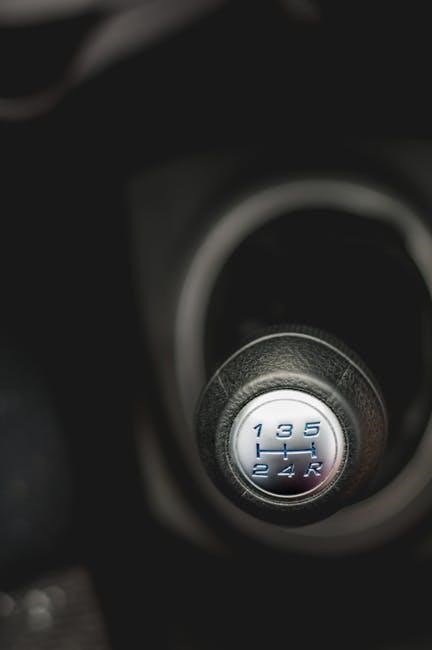
Infrared (IR) Universal Remotes
Infrared (IR) universal remotes use light signals to control devices, requiring a direct line of sight. They are widely compatible with older electronics and offer reliable performance. IR remotes are cost-effective and simple to program, making them a popular choice for users seeking basic functionality. However, their range is limited, and obstacles can disrupt signal transmission. Despite advancements in technology, IR remotes remain a practical option for many consumers due to their ease of use and compatibility with legacy devices.
Radio Frequency (RF) Universal Remotes
Radio Frequency (RF) universal remotes operate using radio waves, offering extended range and reliability. Unlike IR remotes, RF signals can pass through walls and obstacles, enabling control of devices in other rooms. They are ideal for complex home entertainment systems and smart devices. RF remotes often require pairing with receivers and are less prone to interference. Their advanced technology makes them suitable for modern setups, providing seamless control over multiple devices without line-of-sight restrictions.
Wi-Fi and Smart Universal Remotes
Wi-Fi and smart universal remotes represent the latest evolution in remote control technology. These devices use wireless connectivity to integrate with smart home systems, enabling app-based control and voice commands via AI assistants like Alexa or Google Assistant. They offer advanced features such as multi-device control, custom macros, and compatibility with various smart devices. This seamless integration allows users to streamline their home automation experience, making these remotes indispensable for modern, connected living spaces;
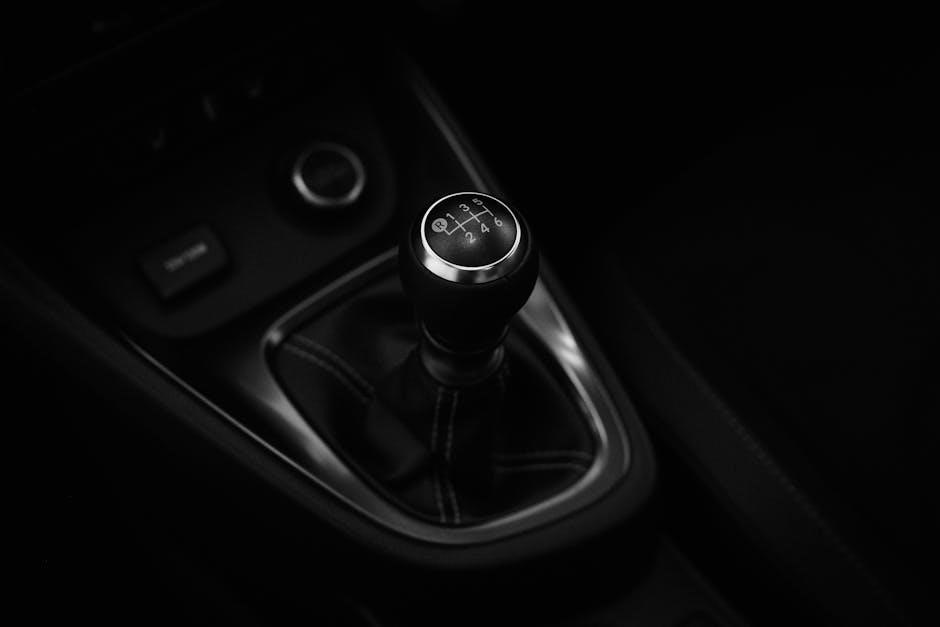
Programming Methods for Universal Remotes
Programming universal remotes involves methods like direct code entry, auto-search, or learning mode. These steps help synchronize the remote with devices, ensuring efficient control and functionality.
Direct Code Entry Method
The direct code entry method involves using a specific code for your device; Locate the code from the manual or online database, then press and hold the SET button. Enter the code using the number pad, and release the SET button. The remote will test the code. If successful, the device will respond. This method is quick and efficient, ensuring seamless control. If the code doesn’t work, try another or refer to troubleshooting guides for assistance.
Auto-Search Method
The auto-search method automatically finds the correct code for your device. Press and hold the SET button until the LED lights up, then release it. Next, press the button for the device you want to control (e.g., TV). The remote will test codes one by one. When the device turns off or responds, the correct code is found. If it fails, restart the process. This method is ideal for users who don’t have a code list, making it a convenient and efficient programming option.
Learning Mode Method
The learning mode method allows the universal remote to learn commands directly from the original remote. Press and hold the SET button until the LED lights up, then release it. Point both remotes at each other and press buttons on the original remote to teach the universal remote. This method is ideal for devices with unique or uncommon codes. It requires patience, as each button must be learned individually. Ensure the remotes are properly aligned for signal transmission. This feature is not available on all models, so check your manual for compatibility.

Troubleshooting Common Issues
Identify issues like devices not responding, incorrect codes, or interference. Check batteries, reprogram codes, or reset the remote. Consult the manual for specific solutions to resolve problems effectively.
Remote Not Responding
If your universal remote stops working, start by checking the batteries. Ensure they are properly inserted and not drained. Next, verify that the remote is programmed correctly and the correct device is selected. If issues persist, reset the remote by removing the batteries, waiting a few seconds, and reinstalling them. Some remotes may require a factory reset or reprogramming using the original device’s codes. Consult the manual for specific reset instructions to restore functionality effectively.
Incorrect Code Entry
Entering the wrong code is a common issue when programming a universal remote. If the device doesn’t respond, double-check the code and ensure it matches your device’s brand and model. Re-enter the code carefully, following the remote’s instructions. If the issue persists, try a different code from the provided list or use the auto-search method to find the correct one automatically. Refer to the user manual for guidance on code entry and troubleshooting steps to resolve the problem efficiently.
Interference from Other Devices
Interference from other electronic devices can disrupt the functionality of a universal remote. TVs, radios, or lighting systems may emit signals that clash with the remote’s infrared (IR) or radio frequency (RF) signals. To resolve this, move the remote away from interfering devices or switch off nearby electronics. Ensure there are no physical obstructions between the remote and the device. If issues persist, consider using a remote with advanced signal filtering or switching to a Wi-Fi-based control system for better reliability.
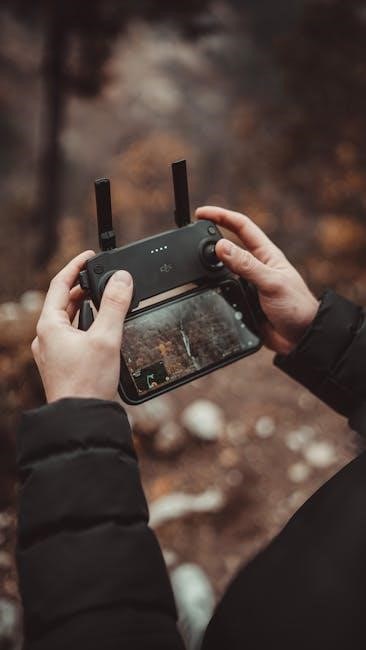
Optimizing Your Universal Remote Experience
Enhance efficiency by customizing button functions and using macro commands for multiple actions. Regularly update software and clean sensors to ensure optimal performance and reliability.
Customizing Button Functions
Customizing button functions on your universal remote allows for a personalized experience. Assign frequently used commands to specific buttons for easier access. Use the learning mode to replicate buttons from your original remote. Some remotes enable macro commands, letting you perform multiple actions with a single button press. Labeling buttons or using a remote with a touchscreen can further enhance usability. Experiment with different configurations to tailor the remote to your preferences and streamline device control effectively.
Using Macro Commands
Macro commands enable you to perform multiple actions with a single button press, streamlining control of your devices. Program sequences like turning on the TV, adjusting volume, and switching inputs simultaneously. This feature enhances efficiency, especially for complex setups. Use the remote’s learning mode or app to create custom macros. Experiment with different command sequences to optimize your experience and make device control more intuitive and convenient.
Maintaining Battery Life
To extend the life of your universal remote’s batteries, ensure they are installed correctly and avoid mixing old and new batteries. Remove batteries when the remote is not in use for extended periods to prevent leakage. Use high-quality alkaline batteries for optimal performance. Store spare batteries in a cool, dry place away from metal objects. Clean the battery compartment regularly to maintain good connectivity. These practices help preserve battery life and ensure consistent remote functionality.
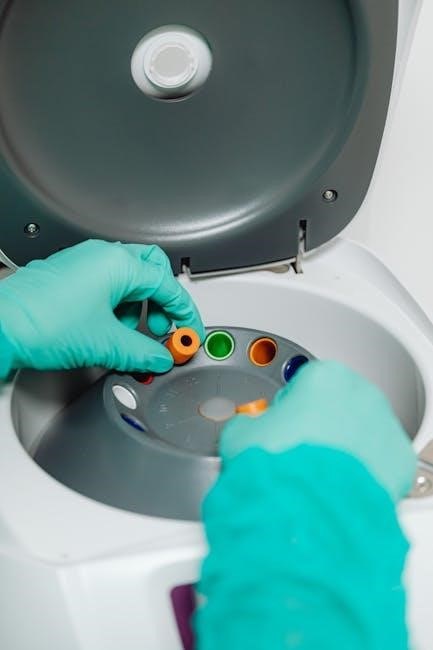
Future of Universal Remote Controls
The future of universal remotes lies in voice control, AI integration, and app-based systems, enabling seamless smart home automation and enhanced user convenience through advanced technologies.
Integration with Smart Home Systems
Universal remotes are increasingly integrating with smart home systems, enabling control of thermostats, lights, and security cameras alongside traditional devices. This seamless connectivity allows users to manage all smart devices from one interface, enhancing convenience and streamlining home automation. Compatibility with popular systems like Samsung SmartThings and Apple HomeKit is expanding, making universal remotes a central hub for modern living. This integration simplifies daily routines and offers advanced automation capabilities, catering to the growing demand for interconnected smart homes.
Voice Control and AI Integration
Modern universal remotes now feature voice control and AI integration, enhancing user experience. Compatible with assistants like Alexa and Google Assistant, these remotes allow voice commands for channel selection and volume adjustment. AI adapts to user preferences, learning viewing habits to offer personalized recommendations. Advanced systems can even predict and automatically switch devices, simplifying entertainment control. This integration transforms remotes into intelligent hubs, blending traditional functionality with cutting-edge smart technology for a seamless and intuitive user experience.
App-Based Remote Controls
App-based remote controls represent the next evolution in universal remote technology. By downloading dedicated apps, users can transform their smartphones into remote controls, offering a sleek, button-free interface. These apps often feature touchscreens, gesture controls, and custom macros for complex commands. Compatibility with smart home systems allows seamless integration, enabling voice commands and multi-device control. Regular app updates ensure enhanced functionality and compatibility with new devices, making app-based remotes a versatile and future-proof solution for modern entertainment systems.
Universal remote controls offer unmatched convenience, consolidating device management and evolving with technology to enhance user experience and simplify home entertainment systems.
Final Thoughts on Universal Remotes
Universal remotes simplify managing multiple devices, offering convenience and efficiency. They adapt to evolving technology, integrating voice control and smart systems. User-friendly designs and customization options enhance functionality, making them indispensable for modern home entertainment. Regular updates and compatibility with various brands ensure longevity. Proper programming and maintenance are key to optimal performance. With advancements in AI and app-based controls, universal remotes continue to revolutionize how we interact with technology, providing a seamless experience for users worldwide.
Recommendations for Users
When using a universal remote, start by selecting a model compatible with your devices. Always refer to the manual for specific programming instructions. Test multiple codes if the first doesn’t work. Customize button functions for personalized control. Use macro commands for multi-device operations. Regularly update the remote’s software for optimal performance. Replace batteries promptly to avoid signal issues. Explore online forums for troubleshooting and tips; By following these steps, users can maximize their universal remote’s efficiency and enjoy a seamless entertainment experience.
References and Further Reading
Consult official manuals for specific remote models. Explore online tutorials and videos for step-by-step guides. Visit community forums for troubleshooting tips and user experiences.
Official Manuals and Guides
Official manuals provide detailed instructions for programming and troubleshooting universal remotes. They include step-by-step guides, code lists, and setup procedures. Manufacturers like GE, RCA, and One For All offer downloadable PDF manuals. These resources are essential for understanding specific remote models and resolving common issues. Always refer to the official manual for your remote to ensure proper configuration and optimal performance. They are available on manufacturer websites or included with the product purchase.
Online Tutorials and Videos
Online tutorials and videos are invaluable for mastering universal remote setup. Platforms like YouTube offer step-by-step guides, such as the Steren RM-1000 tutorial, and troubleshooting tips. These resources provide visual instructions, making complex tasks easier. Users can find specific videos, like the one at https://youtu.be/3P6_giKzcQk, for detailed guidance. Exploring these online resources ensures a smoother experience with your universal remote.

Community Forums and Support Groups
Community forums and support groups are excellent resources for troubleshooting and optimizing universal remote controls. Users share experiences, solutions, and codes, fostering collaboration. These platforms often include detailed discussions on specific models, like the Steren RM-1000, and provide expert advice. Many forums offer step-by-step guides and troubleshooting tips, helping users overcome common issues. Engaging with these communities ensures access to collective knowledge and tailored support, enhancing the overall universal remote experience. Visit forums for personalized assistance and shared insights from experienced users.